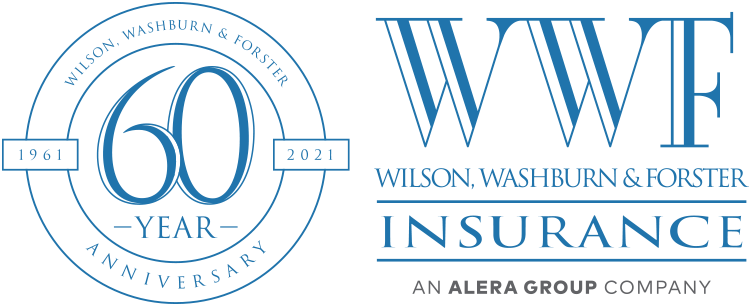Fleet operators have felt the pressure of rising auto insurance premiums for some time. Is relief in sight? Here’s what businesses need to know about the current risk landscape, including commercial auto rate trends, key cost drivers and how technology can help.
Commercial Auto Insurance Market Trends
The property and casualty insurance segment has seen six years of rising rates, according to CIAB. In particular, commercial auto rates rose by 10.4% in the second quarter of 2023 and by 8.8% in the third quarter of 2023. Although these figures are lower than the commercial property rate increases, they are still significant.
MarketScout also found rising commercial auto insurance rates, with rates up 7% in the fourth quarter of 2023. The MarketScout report also shows that the transportation sector saw premium increases of 7.7% in the fourth quarter – higher than any other industry class in the report.
A report from Fitch Ratings sheds light on the recent price hikes in the commercial auto insurance sector. The report explains that, despite recent price hikes, the U.S. commercial auto insurance segment has been unprofitable amid rising claims severity linked to inflation and increased litigation.
Although the sector is expected to see some improvement in 2024, Fitch Ratings says a return to profitability is not likely in the next few years without tempered loss cost trends. For policyholders, this means more price hikes may be in store.
Economic Factors
Inflation and other related economic factors have played a key role in the commercial auto insurance sector’s unprofitability. Inflation levels have declined since increasing by a 40-year record of 9.1% in June 2022, but Forbes reports that prices remained elevated in January 2024. Meanwhile, the auto repair industry has faced a major backlog as workers and parts shortages impact repair times. According to J.D. Power, the average auto insurance repair cycle time reached 23.1 days in 2023, more than double the average repair time in 2021.
When everything costs more and repairs take longer, claims costs surge. Fitch Ratings says the average statutory closed claim payment increased by 18% in 2022 compared to the previous year as higher general inflation, supply chain issues, and skilled mechanic labor shortages drove up costs.
Claims Severity
The LexisNexis 2023 U.S. Auto Insurance Trends Report shows that increased claims severity has also impacted claims. In 2022, all claims severity parameters rose compared to the previous year: bodily injury severity by 8% to 10%, property damage severity by 8.5%, and collision severity by 9%. Additionally, the ratio of total losses increased, with 27% of all collision claims declared total losses in the first nine months of 2022.
This mirrors reports from the NHTSA of “dramatic increases” in motor vehicle fatality rates. In 2020, fatalities increased by 6.8% compared to the year before to reach 38,824, even as fewer people were driving and the number of police-reported crashes dropped. In 2021, the number of fatalities surged by 10.5% to reach 42,915. In 2022, fatalities dropped by just 0.3% to 42,795, a figure that is still significantly higher than pre-pandemic levels.
Growing Litigation Costs
Rising litigation costs (a trend often called social inflation) is also driving up claims costs. According to the Insurance Information Institute, social inflation could account for as much as $30 billion in commercial auto liability claims between 2012 and 2021.
Oversized jury awards have had a significant impact on the transportation sector. According to Lexology, a Florida jury set a new record by issuing a $1 billion award against a trucking company in 2021. Awards like this may drive up claims costs and make claims more unpredictable.
The Doubled-Edge Sword of New Technology
Increasingly-sophisticated car technology may be adding to repair costs and making claims more expensive. For example, Consumer Reports says LED headlights are brighter than halogen headlights but may be about three times more expensive to repair. Recalibration may add another $100 to $250, whereas sensor and camera replacement may add up to $1,900 to windshield repair costs. Electric vehicles tend to cost more to repair than non-electric vehicles, according to CCC.
However, innovative technology can help fleet operators keep costs down by making vehicles safer. Automated systems can help drivers avoid crashes, whereas telematics programs can help fleet operators identify and correct risky driving behaviors before they lead to a crash. Plus, dashcams can provide critical evidence that may exonerate drivers after a crash, providing an important strategy for reducing liability in light of social inflation and nuclear verdicts.
Founded in 1961, Wilson, Washburn & Forster recently joined Alera Group, the nation’s 14th largest independent insurance agency. As part of this national firm, we can provide our clients with even more resources, technical expertise and best practices, while maintaining the local service, claims handling, and community commitment that Florida businesses expect.
Contact us today at 786-454-8384 for a complimentary analysis of your commercial auto insurance and risk management program by an insurance specialist in this field.








Leave a Reply